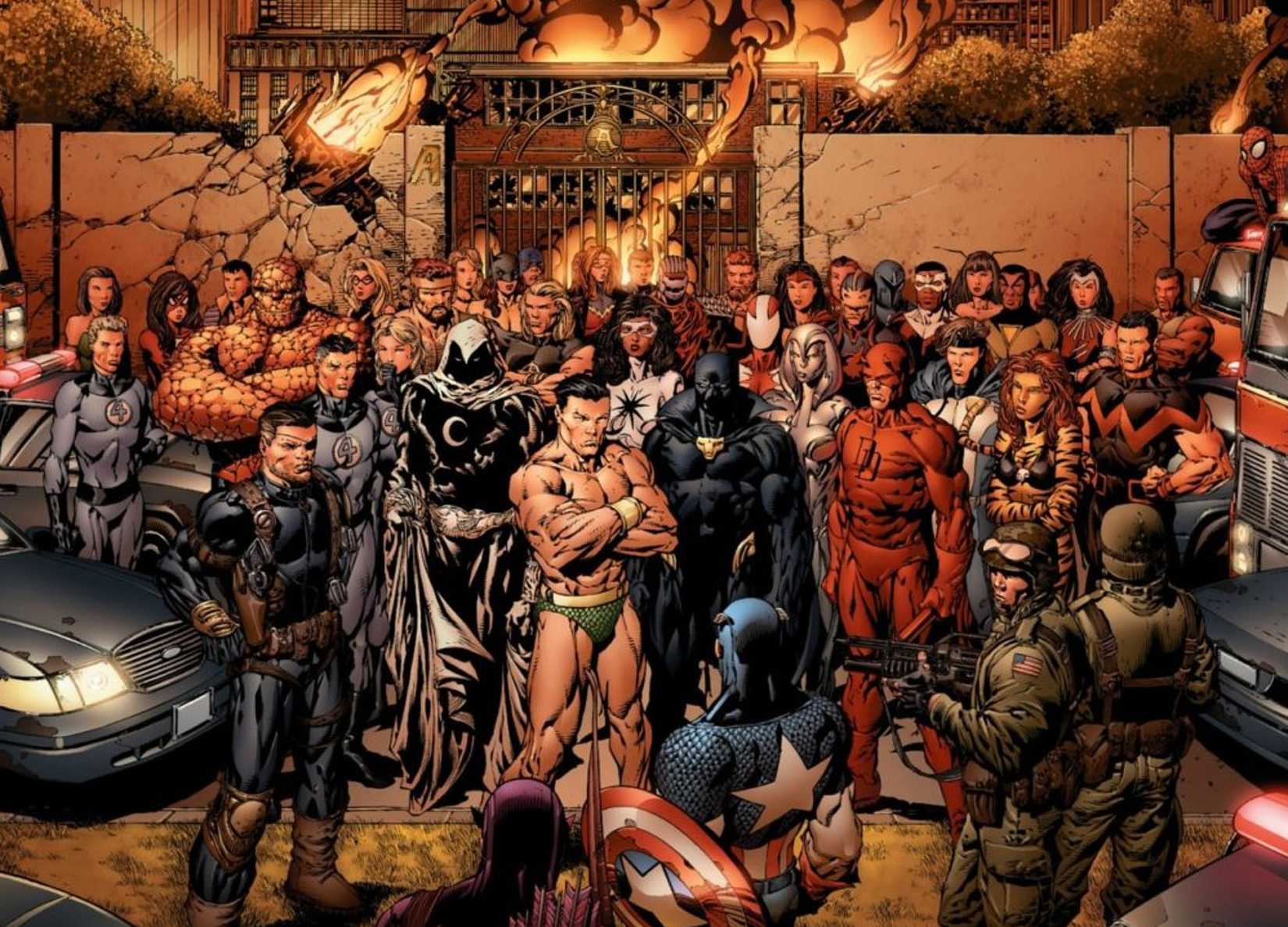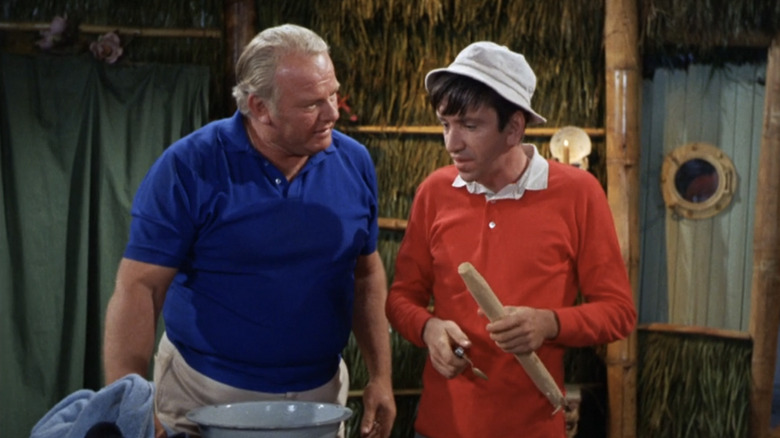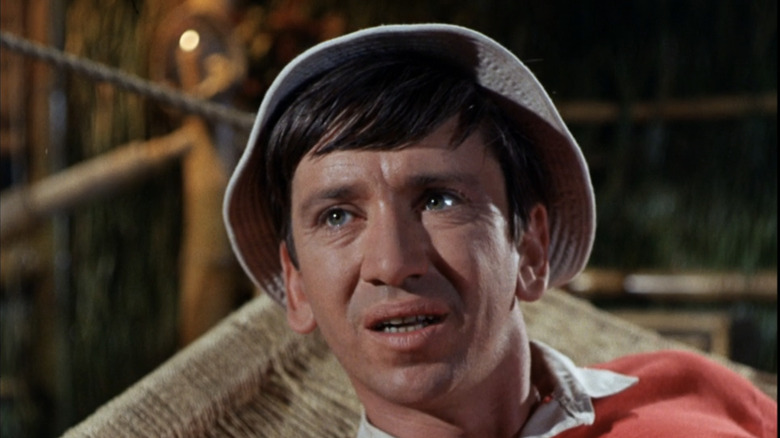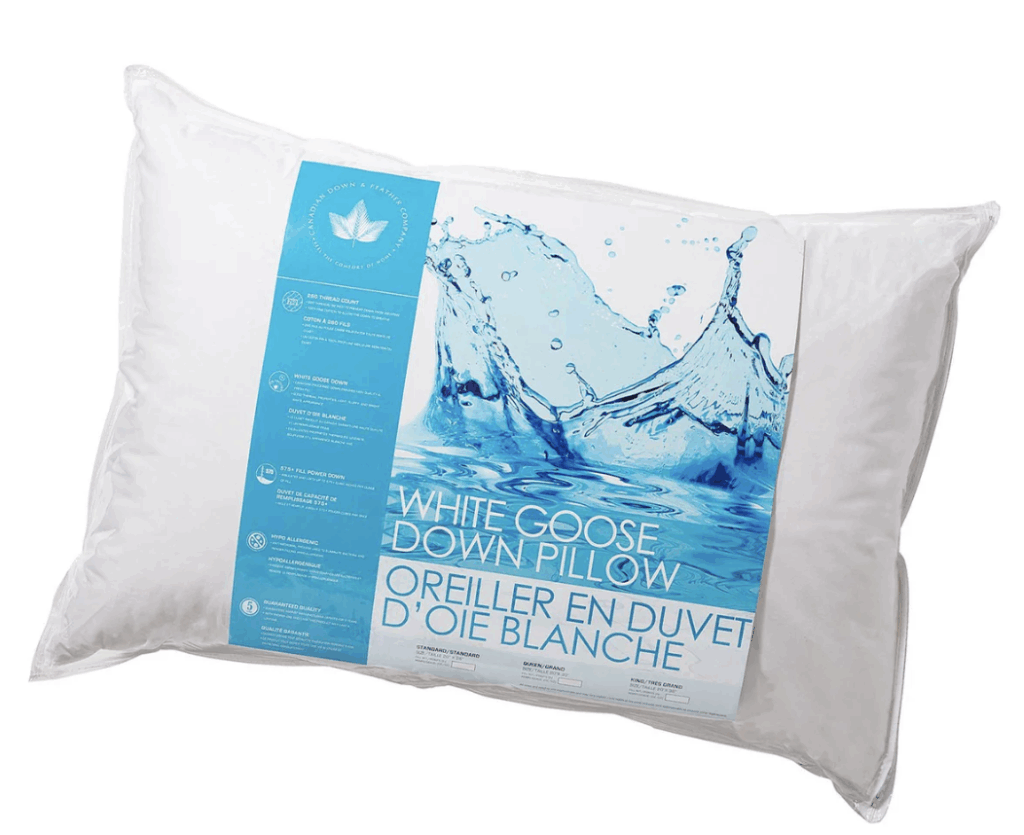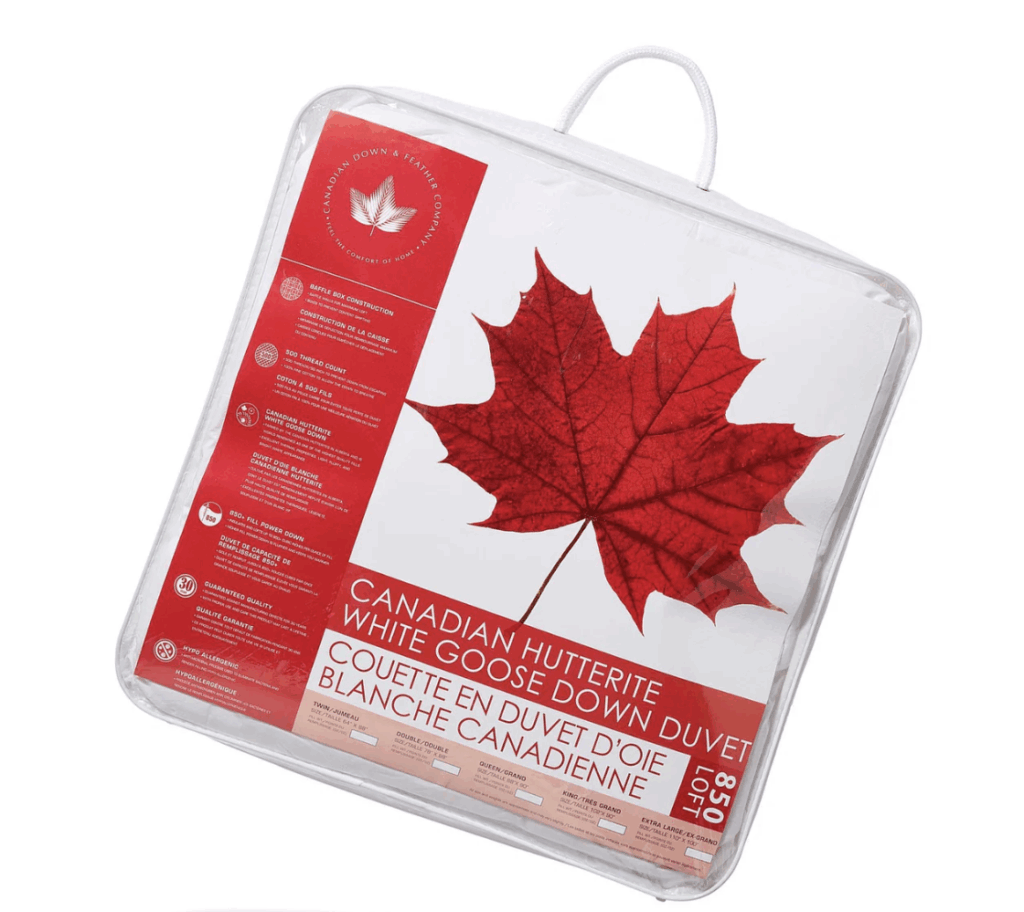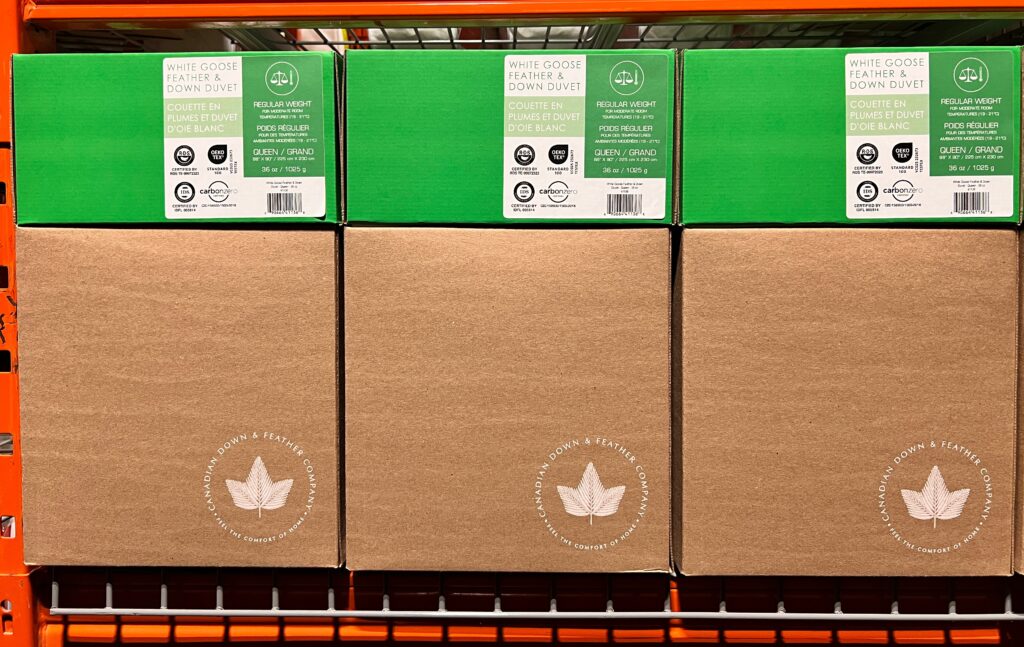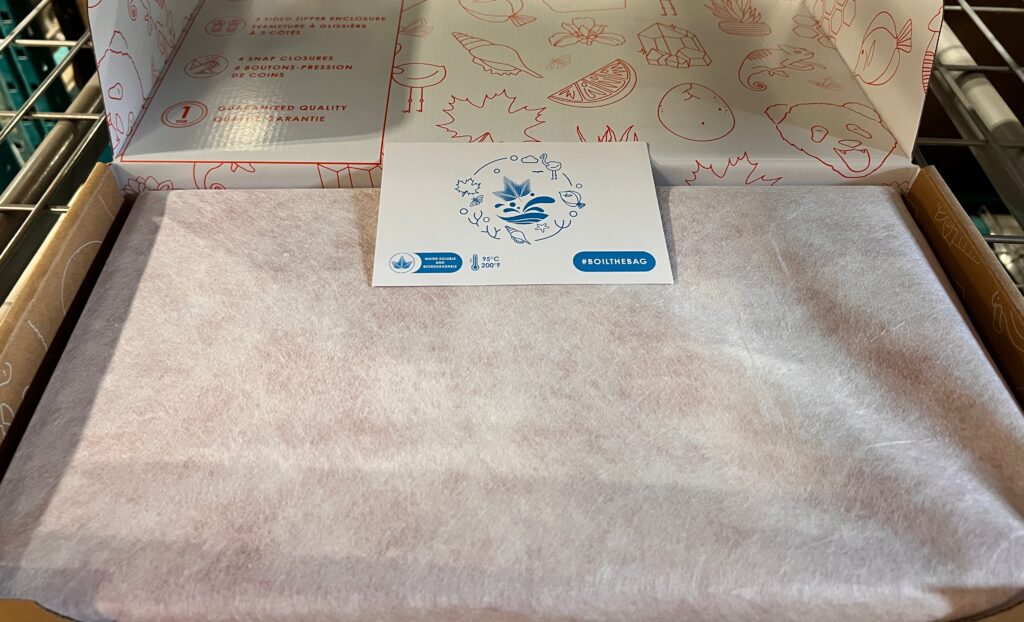Popular tourist cities such as Barcelona are renowned for high levels of pickpocketing, but it’s not Spain that tops the list as the prime location for this slick-fingered crime. Despite pickpocketing being the biggest crime problem – especially for tourists – in the city of Barcelona the issue is widespread across Europe and other continents, and one European holiday spot is the “worst” for light-fingered thieving.
In areas popular with visitors, tourists must be hyper-aware of their belongings, particularly in airports, train stations, the metro, and hotel lobbies or even when wandering around certain streets. UK-based travel insurance company Quotezone.co.uk said last year that it had identified where travellers were most at risk of falling victim to pickpockets, singling out a destination frequented by 3.5million Brits annually. Tourists have backed up the research with reviews on one particular visitor’s hotspot warning of “a lot of pickpockets in the area”.
Data collected by Quotezone revealed that Italy was the prime location where tourists are prone to be parted from their possessions by slick-fingered thieves.
Rome’s iconic Trevi Fountain has been highlighted as a troublesome spot for pickpocketing, the landmark has over 100,000 reviews – and hundreds of references to “pickpockets” on TripAdvisor.
As a place that gets crowded in spring through to summer, visitors are warned to “be careful” at this “beautiful” Rome landmark.
One TripAdvisor reviewer wrote: “You have to elbow your way to the front of the fountain. Many people gather in front and sit for hours, so sitting is almost impossible.
“We didn’t spend more than 15 minutes. Be aware of pick pockets, as you are body to body in front and around the fountain.”
Another visitor reviewing on TripAdvisor described a “beautiful fountain” but added that the area was “extremely crowded”, warning others to “beware of this area” due to “lots of scams and pick pockets”.
The research by Quotezone ranked Italy as the top hotspot for pickpockets, this was closely followed by France, with the Eiffel Tower in Paris particularly highlighted by visitors.
Currently on Google reviews of the Eiffel Tower over 800 visitors mention pickpockets as an issue – and the area gets very saturated with tourists all-year-round.
One Google reviewer wrote about their visit, describing the Eiffel Tower as “enormous and breathtaking”, but there was also a warning.
The visitor wrote: “It’s a very popular place, so expect big crowds; people from all over the world gather here to admire the monument and take in the scenery.
“Because of that volume of visitors, be mindful of your belongings. Pickpockets operate in crowded tourist spots, and there are street hustles and game scammers who may try to distract you or pressure you into playing quick “games” that aren’t fair.
“Keep bags zipped and close, avoid carrying valuables in easily accessible pockets, and politely decline invitations from anyone hawking games or insisting you join impromptu activities.”
Quotezone’s full European pickpocketing index revealed Italy in the top spot, followed by France (second) and Spain in third place as “worst” based on mentions of “pickpockets” or “stolen” per million visitors.
To reach their conclusions, the researchers analysed the number of mentions of “pickpocketing” or “stolen” on traveler review websites for Europe’s top destinations against the number of visitors to that country.
Greg Wilson, founder and CEO Quotezone.co.uk, said: “Theft can happen anywhere, and tourist hotspots are convenient places for criminals to target holidaymakers’ wallets and purses while they are busy taking in the sites.”
“Many holidaymakers are unaware that some of the most popular destinations for Brits have some of the highest incidents of pickpocketing in Europe.
“Our research revealed some surprising results with Italy having the most pickpocketing mentions, yet France and Spain have much larger volumes of tourists.”
The “worst” European countries for pickpocketing
According to the data from Quotezone.
Italy
France
Spain
Germany
Netherlands
Portugal
Turkey
Greece
Poland
Republic of Ireland
This story originally appeared on Express.co.uk








